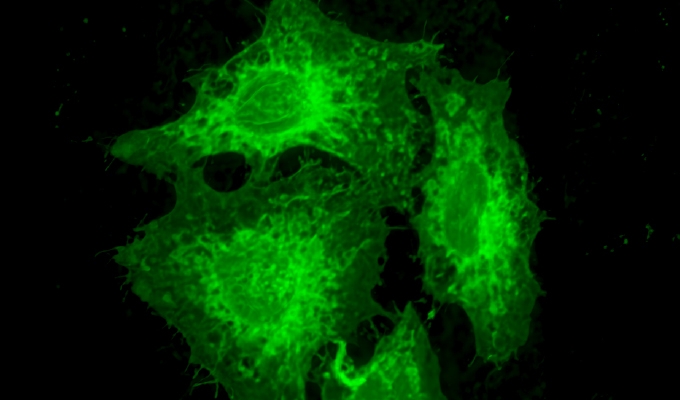Technology 02
A better tomorrow,
with color material design technology
A world that is more beautiful, easier to see, and even more invisible.
artience 's advanced colorant design technology supports the evolution of a wide range of fields.


Color material design technology is a technology that creates optimal colorants by controlling the molecular structure and crystal structure in order to express the colors and characteristics required according to the application.

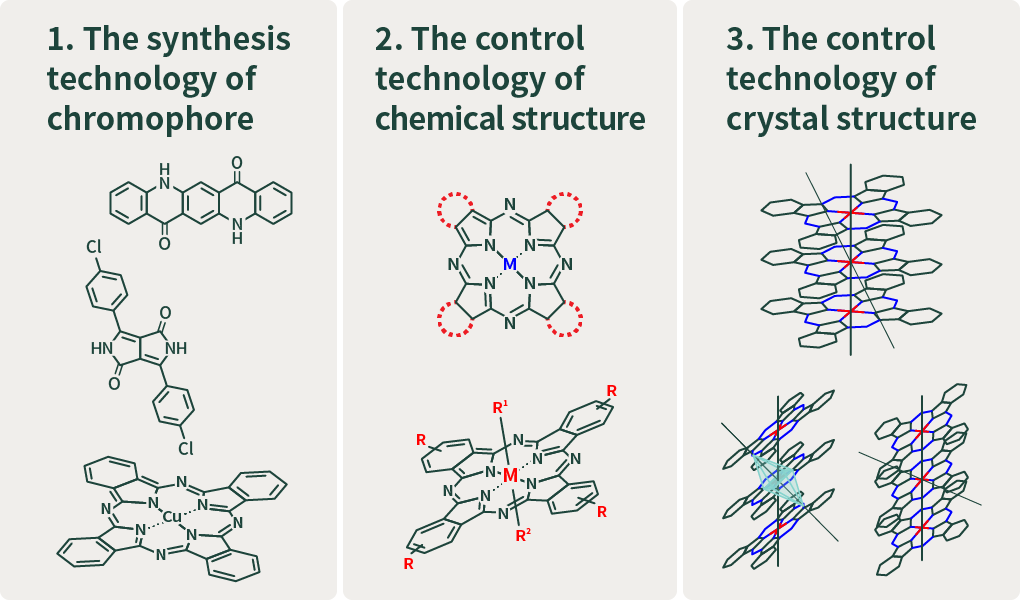
People perceive the wavelength of light reflected or transmitted from an object as a color. Colorant design technology is also a technology that controls the wavelength of light. artience is expanding its range to the invisible world by controlling not only visible light, which humans can recognize as colors, but also wavelengths including the ultraviolet and near-infrared regions.
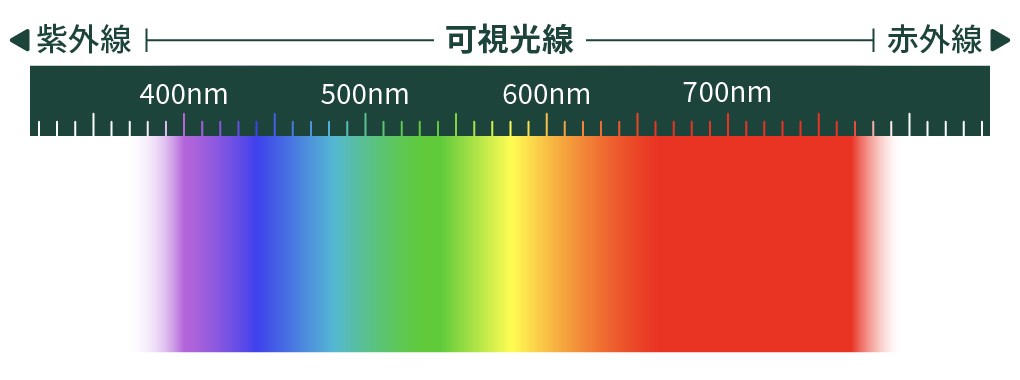



CASE 01 Display/Sensor Color material design technology for high image quality of display/sensor TVs and smartphones
Amid the demand for clearer and more reproducible image quality, our colorant design technology, which can control color at the nano level, supports vivid image expression.
High-definition color filter create beautiful images
Television and smartphone screens have a built-in color filter with very small red, green, and blue (RGB) dots placed on them. The combination of light transmitted through this color filter creates the desired color and creates a beautiful image.


Development of color resist for clearer video expression
While highly realistic images are attracting attention, color is required to be clear and have a wide range of reproduction. In order to project more beautiful images, artience designed a colorant that expands the range of color reproduction, and developed "color resist", an ink for color filter. It is clearer, brighter, and reproduces a more authentic and natural beauty on the display.

Ultra-miniaturized design is compatible with smartphone image sensors
color filter is also used in image sensors used in smartphone cameras. The size of the color filter for the image sensor is about 1/100,000 the size of a TV in terms of area ratio per pixel. In order to cope with this small size, we are developing a color resist in which the colorant is miniaturized to nano size and uniformly dispersed.
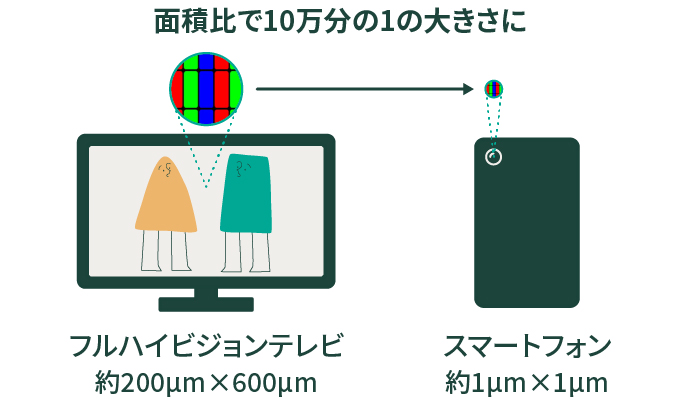
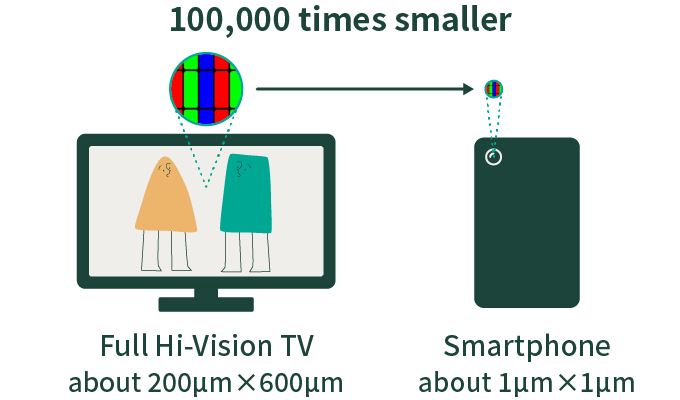
CASE 02 Optoelectronics Controlling invisible light to support peace of mind in a visible world
We are expanding our color material design technology not only to visible light but also to the ultraviolet and near-infrared regions, and we are developing materials with optical properties in a variety of markets.
Blocks UV and blue light and reduces equipment degradation
Utilizing technology that absorbs only specific light, we have developed products that efficiently block ultraviolet rays and blue light, which adversely affect the human body and substances. It also has excellent light and heat resistance, and can be used in a variety of applications, such as displays, medical packaging, and eyeglass lenses.


Among visible light, the wavelength is close to ultraviolet rays (380 nm ~ 500 nm), and it is a very strong energy light. It has various effects on the human body, materials, and contents.

Transmission of near-infrared rays and cutting of visible light improve the sensitivity of surveillance cameras, etc.
Near-infrared rays are used in a variety of applications, including surveillance cameras, in-vehicle sensors, and biometric authentication. We have developed a material that can transmit more than 90% of light in the near-infrared region and cut the transmittance of the visible light region to 1% or less. It supports the improvement of the performance of cameras and sensors.

CASE 03 StructureColor Material A vivid design born from the beauty of a Morpho butterfly
Beautiful colors such as morpho butterflies and tadpoles that attract many people are expressed through a mechanism called structural color that develops color through light interference and diffraction. We focused on this principle of structural color and developed a structural color material that develops color with a different mechanism than conventional color materials. The color changes depending on the viewing angle, allowing for the expression of characteristic colors.

CASE 04 Wide-color rendering ink Color reproduction range is expanded to achieve vivid printed materials
Normally, printed matter is reproduced in four colors, and colors that cannot be expressed need to use a special color called a spot color. The wide color rendering process ink "KALEIDO ™" developed by us can reproduce vivid colors as seen on a display in four colors without using special features, so we can meet the high demands of designers and creators.
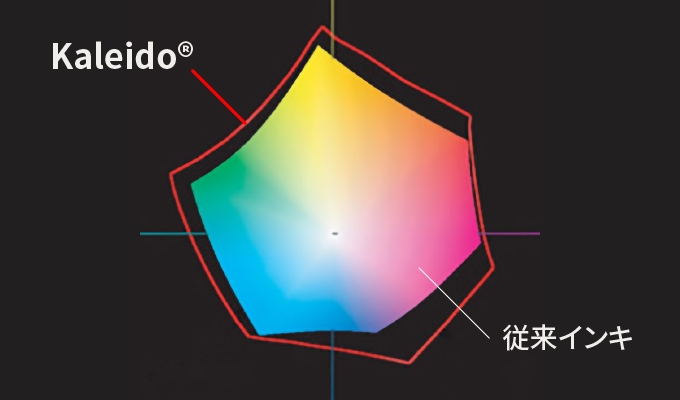
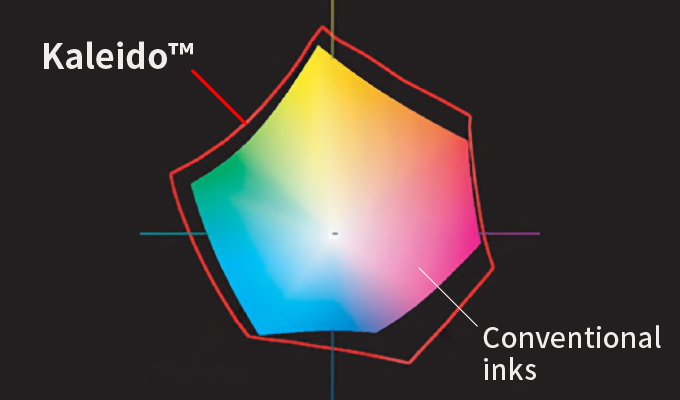
CASE 05 Bio Fluorescent dyes utilizing near-infrared light that can observe biomicroscopic cells for a long time
In the fields of regenerative medicine technology and cancer research, many new imaging systems are being researched to observe cell movements and drug effects in a finer and clearer manner. We have developed a fluorescent dye that can stably observe cells and biomolecules to be observed more clearly, for a longer period of time, by making full use of our unique colorant design technology. In this way, we will contribute to the further development of regenerative medicine and cancer research.
